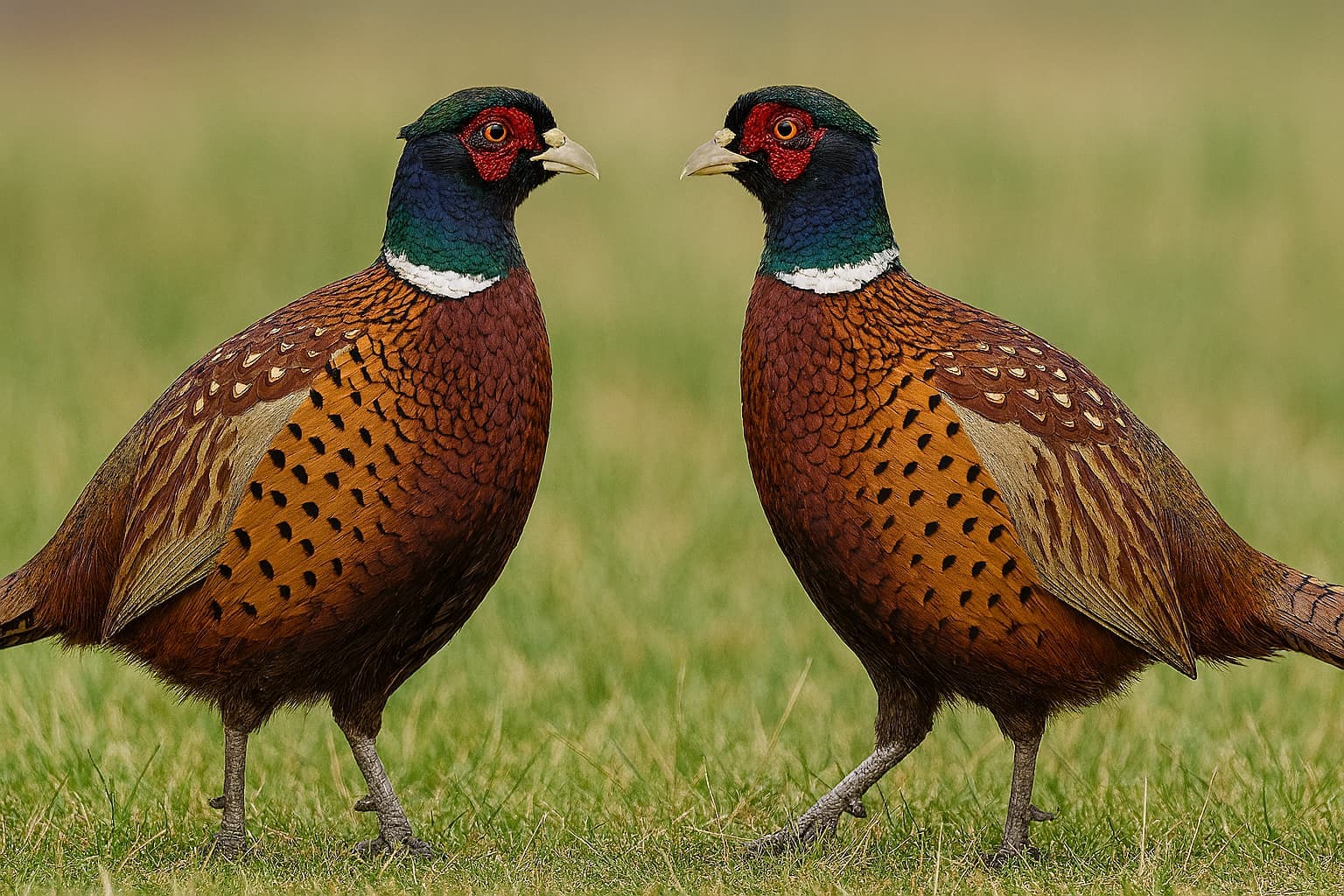Practical J-Regs: What Happens When a Dog Runs In?
We explore a real field trial scenario where a dog runs in. What does the Kennel Club say? What should judges do? A clear breakdown of the rules.

Practical J-Regs: What Happens When a Dog Runs In?
Welcome to our second Practical J-Regs article — where we bring the Kennel Club’s J Regulations to life through real-world field trial and working test examples.
In this post, we’ll cover a common (and unfortunate) scenario: a dog runs in. What does the rulebook say, and how should judges handle it?
🐕 Scenario: The Dog Runs In on a Marked Retrieve
You’re judging a Novice Retriever working test. Two dogs are in line. A dummy is thrown and a shot fired. Before the judge can indicate which dog should go, Dog 8 breaks, charges out, and picks the dummy.
It then returns and delivers cleanly to the handler.
📖 Applying the J Regulations
Let’s go step-by-step through the J Regs to see how this should be judged.
📌 1. What Is “Running In”?
J(B)5 – “Running in” is listed as an eliminating fault.
Definition: A dog that leaves the handler without being sent is considered to have run in. This is one of the most serious faults in field trials and working tests.
📌 2. Is There Any Discretion?
There is no discretion. Under J Regs, any dog that runs in must be eliminated — regardless of how well it retrieves or how quickly the handler regains control.
J(A)4.g: Judges must “eliminate dogs for eliminating faults at the time of the fault occurring.”
Key point: Even though the delivery was clean, the initial loss of control is what matters.
📌 3. How Should the Judges Handle It?
- The judge should immediately inform the handler that the dog is eliminated.
- The dog’s book should be marked: “Ran in on mark – eliminated under J(B)5.”
- If another dog was due to run, the judges may re-throw the dummy or offer an alternative retrieve.
📌 4. What If the Handler Tried to Stop the Dog?
Even if the handler whistled, shouted, or tried to stop the dog, the fault still occurred. The J Regs do not allow a “partial run-in” or a “recovered” mistake. Once the dog has broken, the outcome is set.
🚫 Summary: This Is an Eliminating Fault
| Situation | Result |
|---|---|
| Dog runs in before being sent | ❌ Eliminated |
| Handler stops dog before it gets far | ❌ Still eliminated |
| Dog picks, returns, and delivers perfectly | ❌ Still eliminated |
| Dog remains steady but creeps | ⚠️ May be marked down for steadiness — not eliminated |
🧠 Tip: “Creeping” (e.g. slowly moving forward but not leaving) is not an eliminating fault — but judges will mark it down under control/steadiness.
🔍 Why This Matters
“Running in” is one of the clearest signals that a dog lacks steadiness and control — key components of gundog work. That’s why it is treated so seriously in the J Regulations.
For new handlers, this scenario reinforces the importance of:
- Practising steadiness under pressure
- Training with other dogs present
- Only sending the dog when instructed (by judge or handler, depending on test type)
📚 Learn More
- Full J Regulations for Gundog Working Tests
- Beginner’s Guide to the J Regs
- View Upcoming Working Tests
👉 Stay tuned for the next Practical J-Regs article, where we’ll explore what happens when a dog fails to find a bird and is eye-wiped by another.
More from Applying the J-Regs
Continue exploring applying the j-regs articles

Wrong bird picked
A real-world gundog field trial example showing how the Kennel Club J Regulations apply. Learn how judges use the rules when dogs make mistakes or show exceptional work.

When a Dog Is Eye-Wiped — What Happens Next?
We explore what happens when a gundog is eye-wiped in a field trial. A clear breakdown of how the Kennel Club J Regulations apply to this crucial judging decision.

Vocal on a Line — Is It Elimination or Just a Mark Down?
We explore what happens when a gundog vocalises during a retrieve. When does noise become an eliminating fault, and when is it just poor style?